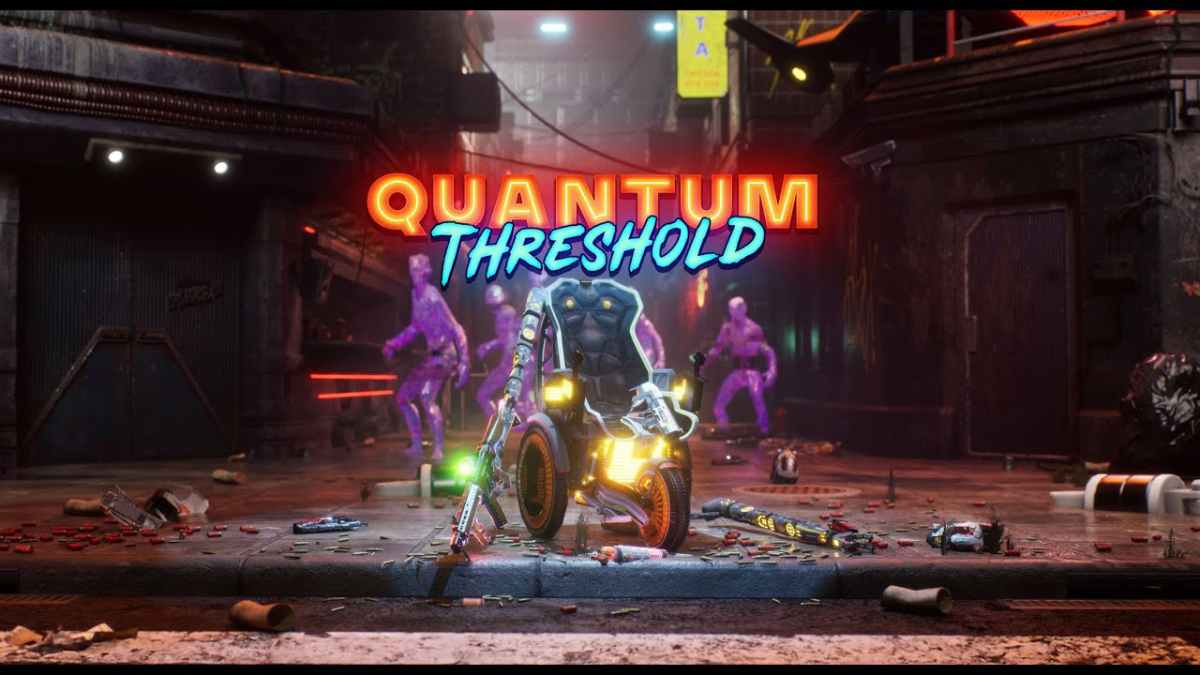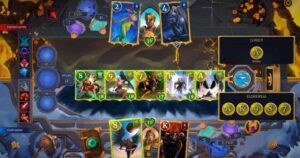Quantum Threshold is an intriguing VR title that caught our eye for how it combines puzzles and traversal with a sci-fi aesthetic. It’s a game that doesn’t rely on standard VR tropes, instead crafting an environment where movement itself is the puzzle. While it’s still early in its life, the foundations here are already hinting at something special.
At its core, Quantum Threshold leans on the idea of manipulating space and momentum in a world that doesn’t follow normal rules. It’s not about shooting or slashing, but about figuring out how to bend the environment to your advantage.
Core Gameplay Mechanics
Quantum Threshold revolves around using a pair of devices to create temporary surfaces and pathways, turning empty air into walkable platforms. It’s a fresh take on platforming that forces you to rethink how to get from point A to B in VR. The real puzzle isn’t in what you’re standing on, but in what you can create.
There’s a rhythm to it that feels closer to playing an instrument than solving a puzzle. You’re constantly adjusting, placing and adjusting these surfaces to get the perfect trajectory. It’s a skill set that’s surprisingly meditative when you’re in the flow.
Visual Style and World Design
Visually, Quantum Threshold goes for a minimalist sci-fi style. Clean lines, bright neon colors and stark shapes make the world feel futuristic but not overwhelming. It’s a digital playground that’s abstract enough to keep your focus on the mechanics, not just the scenery.
The environments themselves are designed with this clarity in mind. They’re like obstacle courses for your brain, built to highlight the tools you’re using and the creative ways you can deploy them. It feels less like a VR “world” in the typical sense and more like a surreal obstacle course.
Platform and Accessibility
Quantum Threshold is built exclusively for VR, which makes sense given how tied the mechanics are to movement and perspective. It seems to be designed with smooth locomotion in mind, encouraging players to really move their bodies rather than rely on teleport mechanics.
The controls feel purpose-built for VR headsets, relying on your hands to guide the tools and navigate the puzzles. There’s a physicality here that would be lost on a flat screen, and it seems to be a deliberate choice to keep the experience immersive.
Community Direction and Future Potential
What’s interesting about Quantum Threshold is that it doesn’t just rely on a single mechanic to carry the whole game. There’s a sense that it’s built to grow and adapt, with potential for new challenges and tweaks based on how players use the core tools.
The developer’s openness to experimentation suggests that Quantum Threshold could be more than a one-note puzzle game. If they can keep expanding the toolset and refining the flow, it might become a standout example of what VR can do when it leans into its own strengths.
For now, Quantum Threshold feels like a breath of fresh air in the VR space, a project that’s more about creative exploration than combat or spectacle. It’s a reminder that sometimes the most interesting games aren’t the ones shouting for attention, but the ones quietly rethinking how we move and play.
Virtual Reality Explorer & Game Reviewer
Always the first to plug in. VRSCOUT dives head-first into the most immersive VR worlds, analyzing mechanics, comfort, innovation, and that elusive “presence” factor. If he says it’s worth it, it probably is.




